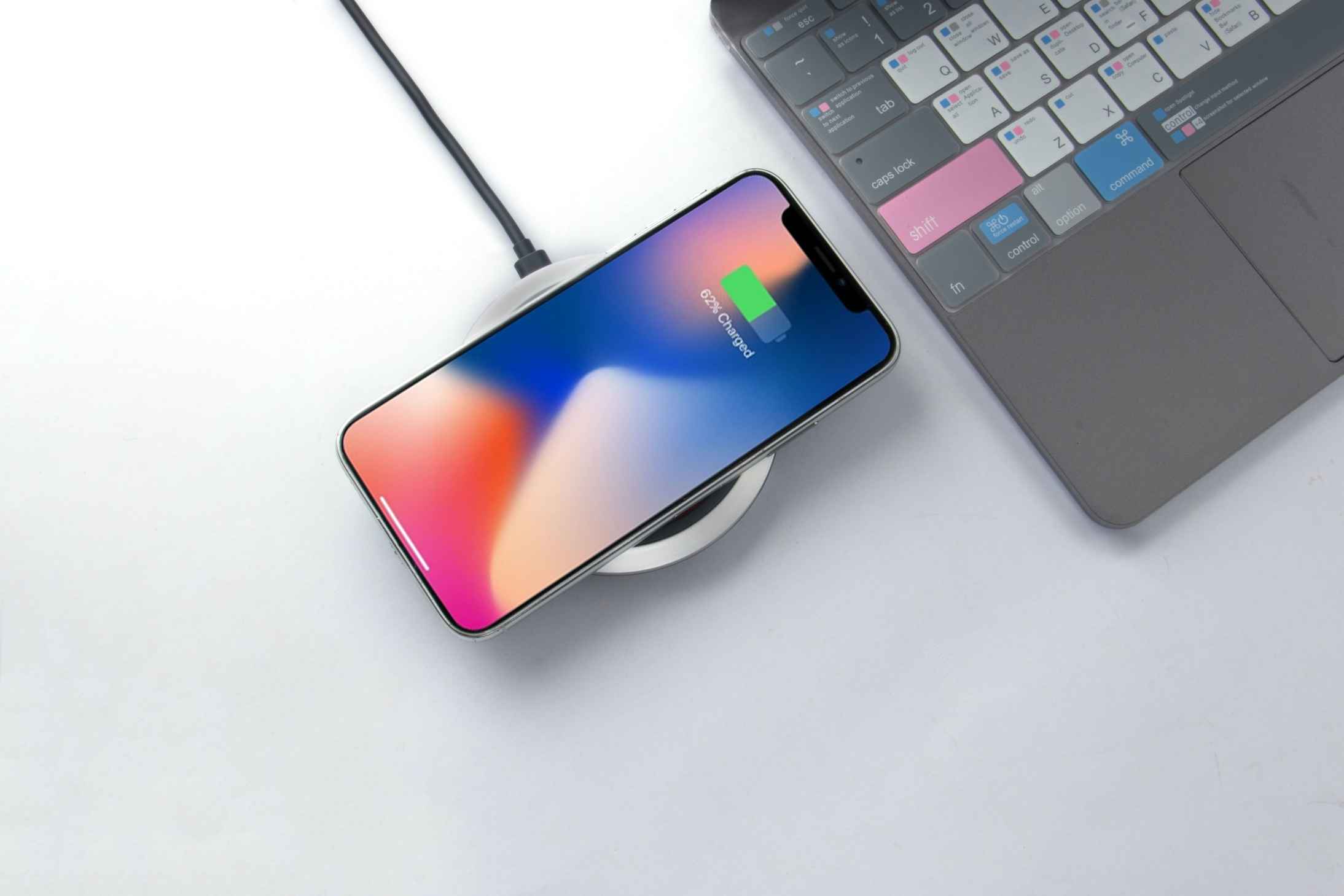As we explore the advanced realm of wireless charger charging pad technology, we encounter a level of innovation and convenience that’s as thrilling as a winning streak in Buffalo King Slots. I enjoy the fun and smooth gameplay of ‘Buffalo King Slots.’ Wireless charging pads offer an easy and convenient way to power up our devices.

This technology changes charging like Buffalo King Slots changed gaming. It uses electromagnetic induction to get rid of the need for charging wires. It’s a simple, cable-free way to charge up. It’s a modern, wire-free way to power up devices. It’s an intelligent, cord-free way to charge devices. It’s a simple and advanced way to charge devices.
How Wireless Charging Technology Works?
Wireless charging, also known as inductive or cordless charging, is a way to transfer energy wirelessly between two objects using a method called electromagnetic induction. It’s a way to charge devices without using cables. It does this by utilizing the electromagnetic field. In most cases, a charging station is used for this. An electronic device can receive energy wirelessly through inductive coupling. It uses the energy to power itself or charge its batteries.
Also Read: Apple’s Integration of USB-C in the iPhone: Potential Impacts and Benefits
Revolutionizing Power: How Wireless Charging is Shaping Our Future
Inductive chargers work like magic! They have a coil that creates a particular magnetic field on a charging base. When you put your device close to it, another coil inside it picks up this energy. It turns the energy into electricity to charge the battery. Even better, these chargers use a unique method called ‘resonant inductive coupling.’ Your device doesn’t have to be right next to the charger. It can be farther away and still get charged up!
Areas of Applications
Inductive charging applications can be divided into two major categories: low and high.
- Small gadgets like wireless charging mats for iPhones, handheld devices, and some laptops use low power to charge. This power is less than 100 watts. This means they are great for smaller electronics, making charging simple and efficient.
- Inductive battery charging at power levels of more than 1 kilowatt is called high-power inductive charging. High-power inductive charging is used for electric vehicles. It offers a simple wireless alternative to the traditional method of charging. You don’t need to plug in the vehicles. These devices can produce up to 300 kilowatts of power or one kilowatt. All high-power inductive charging systems use primary and secondary coils tuned to resonance.
Standard Wireless Charging Technologies
The Wireless Power Consortium (WPC) and the Power Matters Alliance (PMA) produced today’s most utilized and well-liked wireless charging technologies. WPC and PMA are technologies that are comparable to each other. They operate under the same general tenet. Yet, they differ in how they are employed and their connection protocols.
The WPC Charging Standard maintains the qi-certified wireless charging mat. This has now become the most commonly used standard. The organization has open membership. Top smartphone brands like Apple, Samsung, Nokia, and HTC have adopted this standard in their devices. They make the best wireless chargers for the iPhone 11 Pro.
The Qi standard requires a physical connection between the source and the charged device. The new technique allows for wireless power transfer up to 5 W, with a transmission range of 5 mm and an operational frequency of 100-200 kHz. As technology advances, it can send up to 15 W over short distances and 120 W over far longer ones.
The PMA technology operates on the same principle of electromagnetic induction as the Qi standard. However, it runs at a frequency that is twice as high. This technology used to allow for a power transfer of 3.5 to 6.5 watts, but now it can go up to 50 watts. Two standards, WPC and PMA, offer wireless charging in two ways: resonant and inductive.
Design tips for engineers
Manufacturers of wireless chargers are working to fix issues, such as low charging speed, overheating, high costs, and needing to be close to the charger. They want to make wireless charging better and more convenient. The most effective transmitter systems are those that are simple to construct.
This smart charging technology keeps your device’s battery cool while it charges. It does this by ensuring the charger and the surface stay at a safe temperature. The design ought to be portable and small. Lowering switching and conduction losses will increase charging speed.
Infineon uses reliable silicon technology instead of GaN for high performance. It focuses on medium-voltage GaN solutions. These have reached the same maturity as silicon devices. This will further improve performance.
According to Vinay, a Mouser sales rep, their solutions use inductive charging. They also have a back-coil EMI shield that further reduces the leakage field. As a result, their solutions achieve an efficiency of up to 93 percent.
Also Read: Download Apple iPhone 15 USB Driver
Future Trends
For consumers of Internet of Things devices, wireless charging promises to boost mobility and range. The initial wireless chargers could only be placed a few centimeters away from their charging device. The gap has increased to around 10 centimeters for the latest chargers. As technology develops, it may soon be able to send power through the air. This could happen across distances of several meters.
Businesses are finding new and exciting ways to use Apple’s wireless charger mats. Picture this: You’re at a restaurant, and the table charges your iPhone. Or in your office, desk, and kitchen, your countertops power up your gadgets. All this without any wires! This technology makes charging easier and more convenient everywhere. You can use it while dining, working, or making morning coffee.